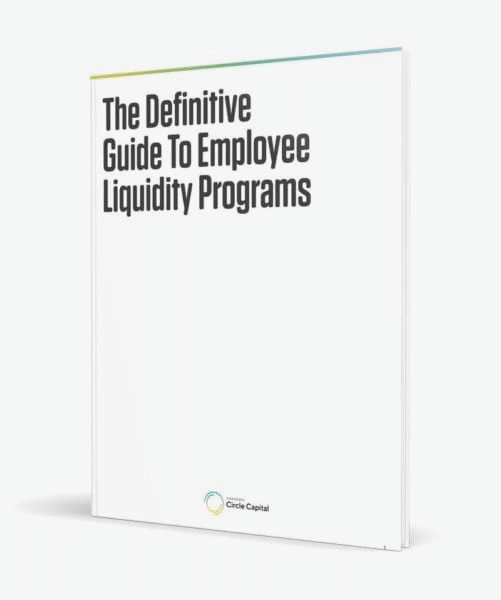Step 5
Prepare Company Disclosures and Information for Due Diligence
In 2015, Congress signed Section 4(a)(7) of the Securities Act of 1933 into law, providing an exemption or “safe harbor” from various registration requirements provided that companies share the same basic information with all potential buyers. A private company anticipating an employee buyback as part of a liquidity event must be prepared to provide details like these:
- Business Definition
The products or services the private company produces or sells - Business Address
Location of principal office - Historical Financials
A U.S. GAAP approved P&L for the last two years - Current Financials
A P&L completed within the last six months - Shares Outstanding
Number of shares in most recent fiscal year - Security Type
Title and class - Security Maturity
Proof that the class of security being sold has been outstanding for at least 90 days - Security Value
Par value of the stock
- Issuer Identity
The exact name of the issuer of common shares (not the seller); verification that the seller is not a subsidiary (or indirect subsidiary) of the issuer; and whether the seller is a control person of the seller (a director, an officer or the holder of 20 percent or more of the company voting shares). The company is to provide certification that it has no reasonable grounds to believe that the issuer is a bad actor. - Fiduciary Identities
Names of officers and directors of the issuer - Buyer Identity
Name and address of the “accredited investor,” and the name of the broker dealer and agent (if involved) - Transferring Agent Identity
Name and address of the transfer agent or person responsible for transferring the shares and stock certificates
Additionally, most professional investors in employee liquidity programs will want further details so they can conduct due diligence before submitting a term sheet. (Those who don’t usually intend to offer a deeply discounted price for common shares in order to offset what amounts to a blind purchase.)
They include:
- The current presentations from the investors and board members
- Charter, bylaws, and investment agreements
- Capitalization table
- Access to the CEO and CFO







